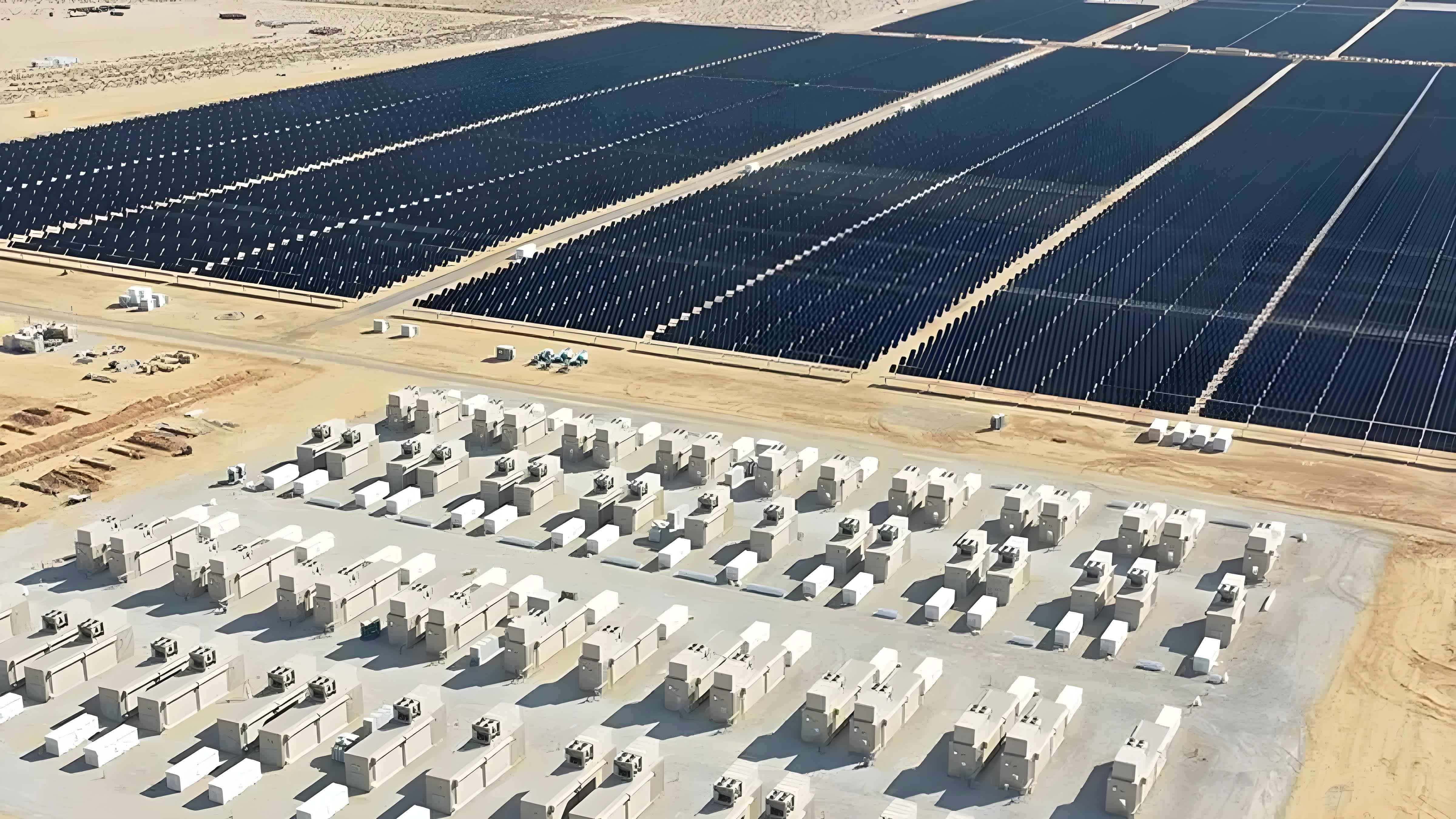Abstract
In recent years, the increasing scale and number of photovoltaic (PV) grid connections have attracted significant research attention towards microgrids primarily based on solar power generation. This study focuses on the optimization of energy management in a substation area, utilizing a 2.8MWp distributed PV generation capacity expansion project in a county of Linyi City, China. A solar energy storage battery system is designed and modeled, and its energy management is evaluated using an improved particle swarm optimization (PSO) algorithm. The primary objectives are to enhance energy management and improve economic benefits. The study validates the effectiveness of the proposed system through simulation in MATLAB/Simulink, considering various operational modes and economic factors.

Introduction
Background and Significance
In the current era of energy demand growth, the reliance on conventional fossil fuels has led to severe environmental issues and resource depletion. Solar energy, as a clean and renewable resource, has emerged as a promising alternative. Microgrids, which integrate distributed generation, energy storage, and demand-side management, offer a flexible and reliable solution for local energy supply. Solar energy storage batteries play a pivotal role in ensuring power supply stability and economic benefits within microgrids.
Research Gap
Despite the significant progress made in solar PV technology and energy storage systems, several challenges remain in optimizing energy management strategies for solar-powered microgrids. These include:
- Intermittency of Solar Power: Solar energy generation is dependent on weather conditions, particularly sunlight intensity and duration.
- Energy Storage Efficiency: Efficient energy storage and management are crucial for maintaining grid stability during periods of low solar irradiation.
- Economic Optimization: Developing cost-effective energy management strategies that balance capital costs, operating expenses, and energy efficiency.
Literature Review
Microgrid Development
Global Microgrid Development:
- United States: Early initiatives such as the Mad River demonstration project and the Walnut Microgrid Testbed have significantly contributed to microgrid research and development in the US.
- Europe: The European Union has promoted microgrids through various research projects and initiatives, emphasizing renewable energy integration and grid flexibility.
- Japan: Japan has been at the forefront of microgrid research, with a focus on island microgrids and disaster resilience.
Microgrid Components and Configurations:
Microgrids typically consist of distributed energy resources (DERs), energy storage systems, load management systems, and control and communication systems. DERs can include solar PV systems, wind turbines, and fuel cells. Energy storage systems, primarily batteries, are essential for balancing supply and demand within the microgrid.
Solar Energy Storage Batteries
Solar energy storage batteries are critical for storing excess solar energy during peak generation periods and releasing it during periods of low generation or high demand. The most common battery technologies used in solar storage applications include lead-acid, lithium-ion, and sodium-sulfur batteries.
Energy Management Strategies
Energy management in microgrids involves optimizing the operation of DERs, energy storage systems, and loads to minimize operating costs, maximize renewable energy penetration, and ensure grid stability. Common optimization techniques include linear programming, mixed-integer linear programming, and heuristic/metaheuristic algorithms such as PSO.
